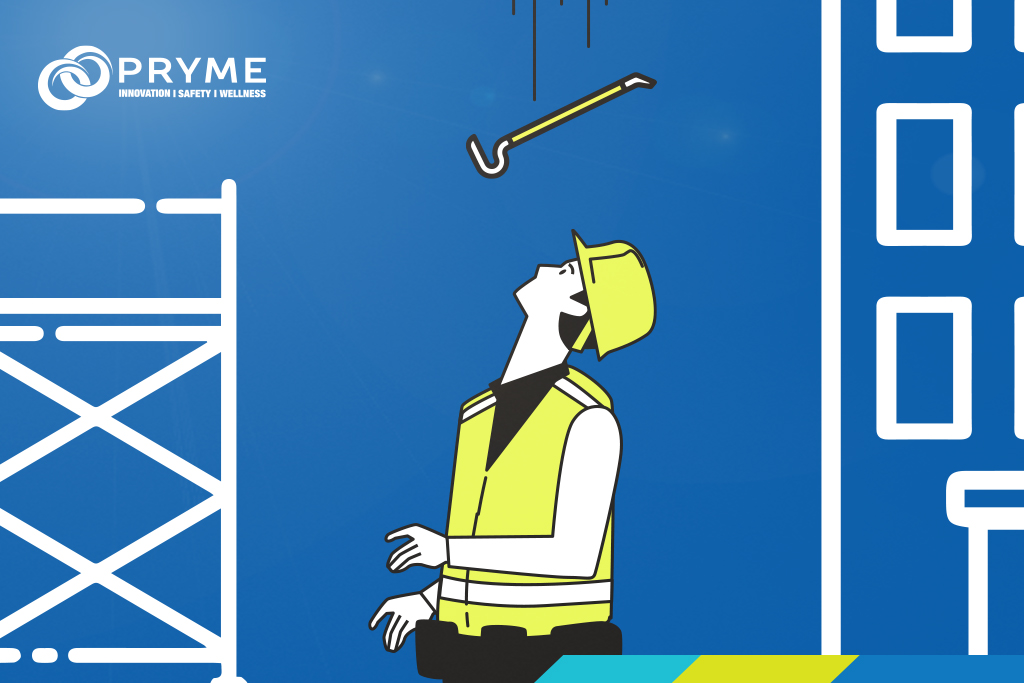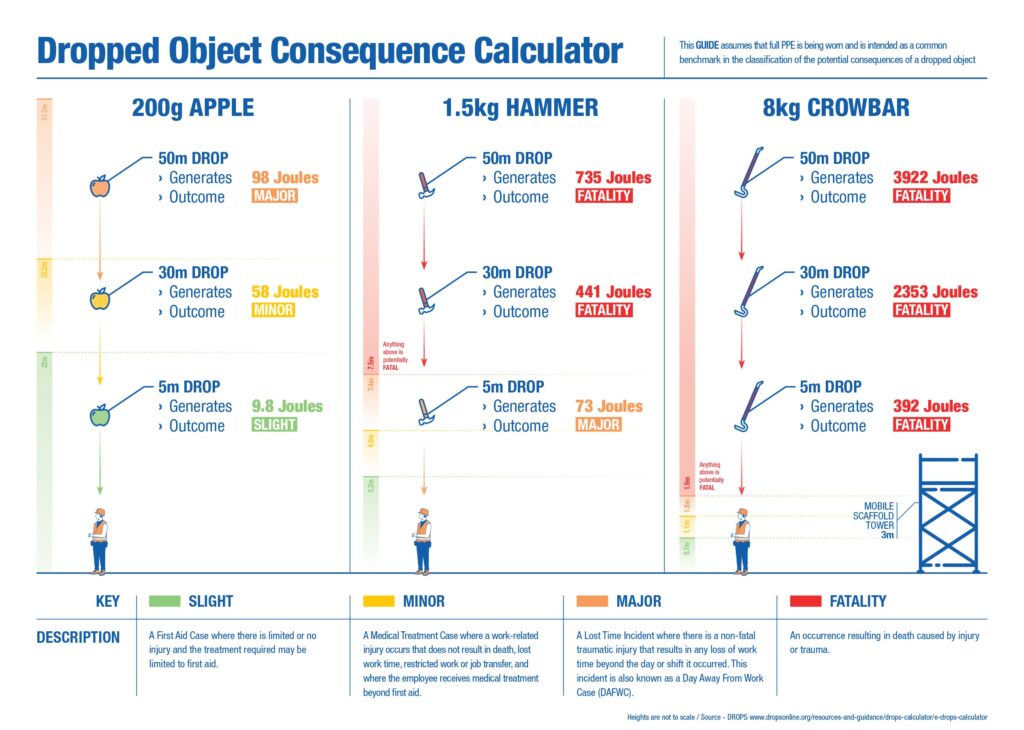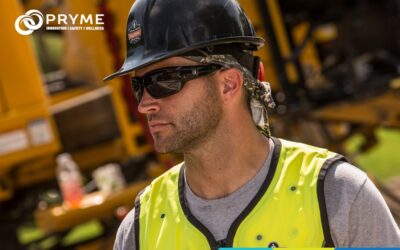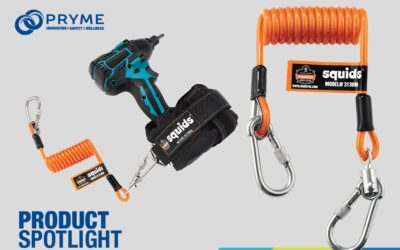The Risk of Dropped Objects On Site – Dropped Object Consequence Calculator

The risk of dropped objects on site is a critical aspect of workplace safety, particularly in industries where workers operate at heights. Dropped tools or equipment can cause serious injuries or even fatalities. While hard hats are a fundamental element of personal protective equipment (PPE), they have limitations in preventing dropped objects, highlighting the need for tools to be secured when working at heights.
Hard hats are designed to protect workers’ heads from impact and penetration by falling objects or striking their heads against fixed objects. AS/NZS 1801:1997 is the Australian and New Zealand Standard related to Occupational Protective Helmets. The standard outlines the requirements for the design, performance, and testing of helmets, as well as the procedures for maintenance and inspection. Helmets tested under the AS/NZS 1801 meet the required 49J (joules) of force/impact and a penetration test with a 3-kilogram conical striker from a height of 1m which would generate 29J of energy. These tests are only carried out on the crown of the helmet as a lateral rigidity test.
But what does all that mean? What is a joule?
Joules refer to the amount of energy that an object possesses due to its mass and velocity at the point of impact. When an object falls from a height and strikes a surface, it will have a certain amount of energy that is transferred upon impact. A joule is a measure of kinetic energy – mass x gravity x height. As an example: 100 grams, falling 1 m will generate 1 joule of energy. Mass, velocity and the height of a dropped object are all contributing factors.
Putting that into perspective we have used the handy calculator created as a guide for the consequences of dropped objects by the Dropped Object Prevention Scheme – www.dropsonline.org.

Let’s start with an example that is easy for everyone to understand (and a little scary). We have an apple that weighs 0.2 kilograms, and we drop it from a height of 5 meters. We can use the formula to calculate that the kinetic energy of the apple is 9.81 joules. If we increase the height to 30 meters, that 0.2 kilograms will generate 58 joules. The weight remains the same, but the height determines the velocity and kinetic force or joules of the impact.
When is that energy dangerous?
Consider that the helmet safety standard is tested to 49 joules at the crown of the helmet. Only 49 joules! When an apple can generate up to 58 joules when dropped from 30 meters! How many objects around the worksite are heavier than an apple, and made of material that can do a lot more damage?
The DROPS calculator has 4 levels to characterise a dropped object incident: FATALITY, MAJOR, MINOR, and SLIGHT. As an example, a hammer (1.5kg) dropped from a height of 5m will generate 73.55 joules and cause a MAJOR incident and could cause a FATALITY when dropped from a height above 7.5m. A heavier tool, like a crowbar (8kg) is FATAL from above 1.9 meters, and when you consider the amount of work that takes place above 1.9 meters the threat of dropped objects is a common and considerable risk.
It is a risk that can be mitigated with tool tethers and lanyards that keep tools secure when working at heights, along with the education and engagement of workers to take this threat seriously because luck is bad policy and drops WILL happen.
Safe Work Australia and WorkSafe NZ recently reported that there were 18,000+ injuries in 2021-2022 and 24 deaths from falling and moving objects on site. These staggering stats highlight the importance of implementing measures to prevent dropped objects.
Securing tools and equipment is the most effective ways to prevent these accidents. Tool lanyards, tool tethers and tool bags are cost-effective and straightforward solutions for securing tools when working at heights. Tool lanyards attach to a worker’s belt, harness, topped tool bags or structures and are designed to prevent tools from falling by providing secure attachment points. See our entire range here www.pryme.com.au/product-category/ergodyne/drop-free-zone.
While hard hats are an essential component of PPE, they have limitations in preventing injuries from dropped objects. Worksites need to implement dropped objects prevention measures that can create a DROP FREE ZONE workplace, that can save time, money, and most importantly, save lives.
ABOUT: DROPS – www.dropsonline.org
The DROPS initiative was established by a group of oil and gas industry professionals who recognised the need for a comprehensive approach to the risk of dropped objects on site. The scheme has since expanded to cover various industries, including construction, utilities, and transportation, and has become a leading resource for safety professionals, engineers, and managers worldwide. Drops Online is a platform that serves as the central hub of information for the DROPS initiative.
We Educate. We Engage.
Toolbox Talks are a great way to engage workers to connect, share and educate on how to stay safe on site. Contact us today to schedule a free session for your team. See Pryme’s entire range of products to create your own Drop Free Zone here.
REFERENCES:
- https://www.liftingsafety.co.uk/files/product/4791/Choosing%20the%20right%20head%20protection.pdf
- https://www.dropsonline.org/resources-and-guidance/drops-calculator/e-drops-calculator/
- https://www.saiglobal.com/pdftemp/previews/osh/as/as1000/1800/1801.pdf
RELATED: Creating a Drop Free Zone
Categories
Recent Posts
Brands
- Ergodyne
- Sqwincher
Sqwincher is an electrolyte enhanced beverage for effective hydration and is the recognised leader in providing hydration solutions to hot workplaces, to help reduce heat related illness and accidents. Keep your workers safe and productive with Sqwincher hydration that works.
- Maxiblock Sunscreen






